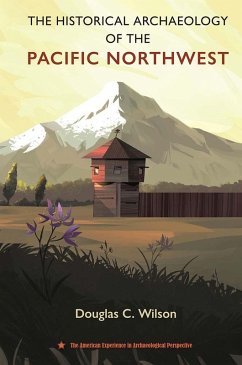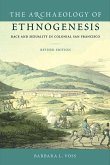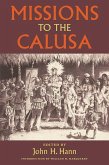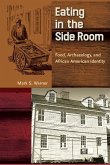How archaeology illuminates the confluence of people, places, and events that shaped the Pacific Northwest
Bordered by the Rocky Mountains to the east and the Pacific Ocean to the west, the Pacific Northwestincluding Oregon, Washington, Idaho, and British Columbiais home to a diverse range of people and cultures whose history is closely tied to the natural environment. In this book, Douglas Wilson uses historical documents, Indigenous oral traditions, and the material record to provide a comprehensive overview of the region's historical archaeology from the seventeenth through the twenty-first centuries.
The book covers Lewis and Clark's Fort Clatsop; fur trade forts such as Fort Vancouver, Fort Langley, and Fort Nez Percés; Indigenous villages such as Middle Village and Yuquot; the Christian mission at Waiilatpu; the Oregon Trail; the settler town of Champoeg; and military locations including Fort Lane, San Juan Island, and Fork Hoskins. Wilson describes how extractive industries like fishing, mining, logging, and fur trapping transformed the environment and the human population. He also discusses transportation, urban development, racism, and government policies through the Great Depression and World War II.
Central to the story of the American experience in the Pacific Northwest is the heritage and history of local Indigenous peoples, as well as descendant communities of European, African, Asian, and Pacific Islands ancestry. Wilson shows how material artifacts and landscapes can be compared with the documentary record to critically examine colonial and nationalistic narratives, illuminating the past and present of Indigenous peoples and immigrant groups in the region.
A volume in the series the American Experience in Archaeological Perspective, edited by Michael S. Nassaney and Krysta Ryzewski
Bordered by the Rocky Mountains to the east and the Pacific Ocean to the west, the Pacific Northwestincluding Oregon, Washington, Idaho, and British Columbiais home to a diverse range of people and cultures whose history is closely tied to the natural environment. In this book, Douglas Wilson uses historical documents, Indigenous oral traditions, and the material record to provide a comprehensive overview of the region's historical archaeology from the seventeenth through the twenty-first centuries.
The book covers Lewis and Clark's Fort Clatsop; fur trade forts such as Fort Vancouver, Fort Langley, and Fort Nez Percés; Indigenous villages such as Middle Village and Yuquot; the Christian mission at Waiilatpu; the Oregon Trail; the settler town of Champoeg; and military locations including Fort Lane, San Juan Island, and Fork Hoskins. Wilson describes how extractive industries like fishing, mining, logging, and fur trapping transformed the environment and the human population. He also discusses transportation, urban development, racism, and government policies through the Great Depression and World War II.
Central to the story of the American experience in the Pacific Northwest is the heritage and history of local Indigenous peoples, as well as descendant communities of European, African, Asian, and Pacific Islands ancestry. Wilson shows how material artifacts and landscapes can be compared with the documentary record to critically examine colonial and nationalistic narratives, illuminating the past and present of Indigenous peoples and immigrant groups in the region.
A volume in the series the American Experience in Archaeological Perspective, edited by Michael S. Nassaney and Krysta Ryzewski
Dieser Download kann aus rechtlichen Gründen nur mit Rechnungsadresse in A, D ausgeliefert werden.









